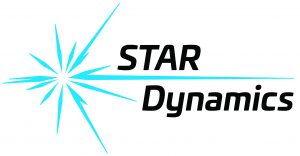STUDENT DAY
Sponsored by:
 |  |
AMTA 2018 Student Day will be held Tuesday, November 6, 2021 from 11am to 7pm at the Williamsburg Lodge in Colonial Williamsburg.
During AMTA’s Student Day, students will participate in presentations and discussions related to antenna measurement technology culminating in a design and measurement contest with prizes awarded to the winners. They will also have the opportunity to tour the vendor exhibit hall and view several technology demonstrations. As these vendors are typically looking to hire science and technology professionals, it is recommended that students bring several copies of a current résumé to share.
Schedule
| 11 a.m - 12:15 a.m | Registration and Lunch |
| 12:15 - 12:30 p.m. | Student Day Introductions by Student Day Coordinator Dr. Majid Manteghi |
| 12:30 - 2 p.m. | Guest Speaker: Professor Warren Stutzman, Virginia Tech “The Role of Polarization in Wireless Communications” |
| 2 -3 p.m. | Vendor Demonstrations (Exhibit Hall) • ETS Lindgren (Booth# 100) • Altair (Booth# 301) • NSI-MI Technologies (Booth# 203) • Copper Mountain Technologies (Booth# 107) |
| 3 - 3:30 p.m. | Break / Mingling with Exhibitors |
| 3:30 - 5 p.m. | Remote Antenna Measurements |
| 5 - 6 p.m. | Student Design and Measurement Competition |
| 5 - 6 p.m. | Guest Speaker: Dr. Ken Dudley, NASA Langley Research Center “Reflections on a Career in Electromagnetics and Antennas” |
| 6 - 7 p.m. | Dinner and Award Presentation |
There is no cost to attend the student day, but you must be enrolled as a University student and register for the event in order to attend.
Contact Dr. Majid Manteghi, Virginia Tech (studentday@amta2018.org) for more details.
Student Day Speakers
| The Role of Polarization in Wireless Communications | Reflections on a Career in Electromagnetics and Antennas |
| Abstract: Polarization is a characteristic of all electromagnetic waves and all antennas. But polarization often is not properly considered during the design of systems, leading to sub-optimal performance or even system failure in some cases. This talk stresses the importance of polarization in a variety of electromagnetic systems with focus on wireless communications. The major mathematical representations of polarization states along with their appropriate uses are summarized. Antenna polarization for all antenna types is detailed. Calculation techniques for handling the interaction of a wave with an antenna are included. The depolarization experienced by a propagating wave is discussed for various media, including rain. Two major wireless communication applications are addressed. First, it is shown how the use of polarization diversity can improve system reliability. The second application is the use of dual polarization to double channel capacity. Several methods for measuring polarization state are also included in the talk. Bio: Warren Stutzman is Emeritus Professor of electrical engineering at Virginia Tech, where he has been on the faculty since 1969. He received his BS in electrical engineering and AB in mathematics degrees from the University of Illinois in 1964, and he received MS and Ph.D. degrees in electrical engineering from Ohio State University in 1965 and 1969, respectively. He served as the director of the Virginia Tech Antenna Group from its beginning in 1983 until 2001. He was the Thomas Phillips Professor of Engineering, and was the Interim Head of the ECE Department in 2000-01 and 2002-4. In 1983 he was Visiting Professor at the Physical Science Laboratory of New Mexico State University. He is a consultant to industry. He has worked in several areas of antennas and propagation. His research activities include antennas for wireless systems, propagation, reflector antennas, phased array design, and atmospheric effects on earth-space communication links. He has been involved in research totaling over $30,000,000 from several sponsors in government and industry. He has authored over 400 professional articles and several book chapters. He is co-author with Gary A. Thiele of the textbook Antenna Theory and Design, John Wiley, 1981, 1998, 2013, and the author of the book Polarization in Electromagnetic Systems, Artech House, 1993 and 2018. He is a Life Fellow of the Institute of Electrical and Electronics Engineers (IEEE) and served as President of the IEEE Antennas and Propagation Society in 1992. He is a distinguished Alumnus of the University of Illinois Electrical and Computer Engineering Department. He won the Wheeler Prize for the best applications paper to appear in the IEEE Trans. on Ant. & Prop. in 1992 and in 1995. He was awarded the Third Millennium Medal from the IEEE in 2000. | Abstract: Electromagnetics and antennas have become ubiquitous and became part of our daily lives. Whether we are talking or the phone or text/browsing, using wifi at home/hotels/cafes etc, paying tolls without stopping on highways, we are making use of magic of electromagnetics and antennas. Electromagnetics is sublime… It may just be the most magical of the engineering sciences. It is the domain of true Wizards and the Apprentices of Wizards. Time experimenting and working in applied electromagnetism brings an understanding of the deeper theoretical implications behind electromagnetic phenomena. Frequency in studying and considering the mathematics and theories of electromagnetism yields new innovation and profound practical application of electromagnetic principles.. This presentation is directed to the imaginations of students, starting professionals, and others interested in the career field of Electromagnetics and Antennas. This talk will use real examples from the speakers life and work experiences at NASA in electromagnetics to illuminate exciting projects from the past, current projects of the present, and future visions of projects to come. Bio: Kenneth Dudley is a Senior Researcher at the NASA Langley Research Center in the Electromagnetics and Sensors Branch. He has over 30 years of federal service, attended the United States Air Force Academy in Colorado Springs, the NASA Engineering Apprentice Program, and the Peninsula Graduate Center in Hampton, VA studying Electrical and Electronic Engineering. His expertise is in Radio Frequency spectrum and network analysis. He considers himself primarily an experimentalist who uses RF and microwave measurement techniques combined with computational electromagnetics and theoretical methods to achieve a research force multiplier. His areas of research have included Antenna Design, Radar Cross Section (RCS), High Intensity Radiated Fields (HIRF), Electromagnetic Properties of Materials, and EM Sensors. He has worked on several space and airborne projects in electromagnetics and was a Special Team member on the NTSB investigation into the crash of TWA Flight-800. He was awarded the NASA Langley H.J.E Reid Award for his contributions to this technical and scientific investigative work. His most recent area of research involved novel wireless sensors and lightning strike protection for air vehicles. He has authored or coauthored a number of technical papers, mentored many students, and holds multiple U.S. patents featuring various electromagnetic technologies applied to aerospace applications. He is currently Langley Research Center’s Deputy Spectrum Manager responsible for NASA frequency coordination on the ground, at sea, in the air, and in space. In this role he is charged with being informed of the spectrum concerns and needs of the LaRC research community and representing this position in National and International frequency coordination. |

